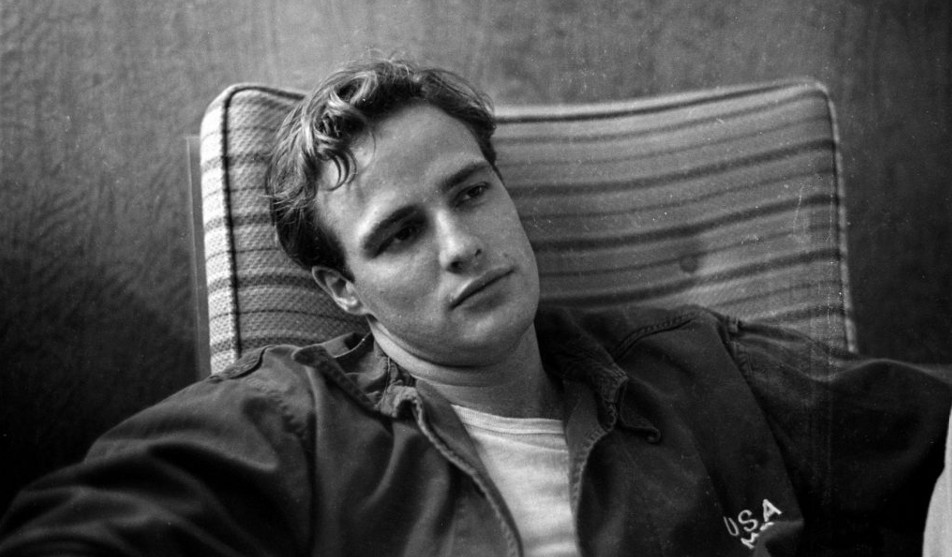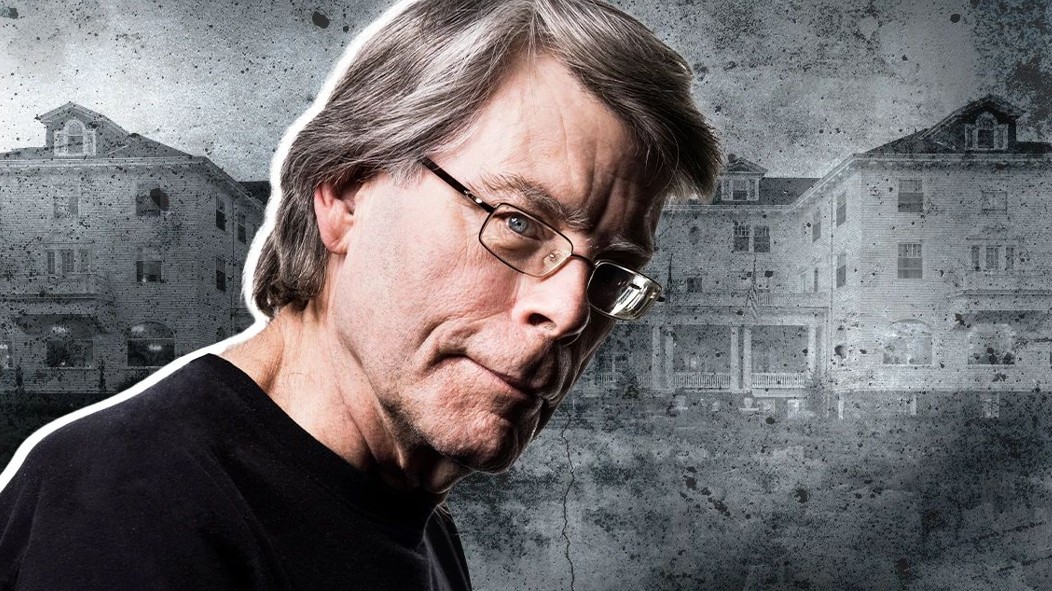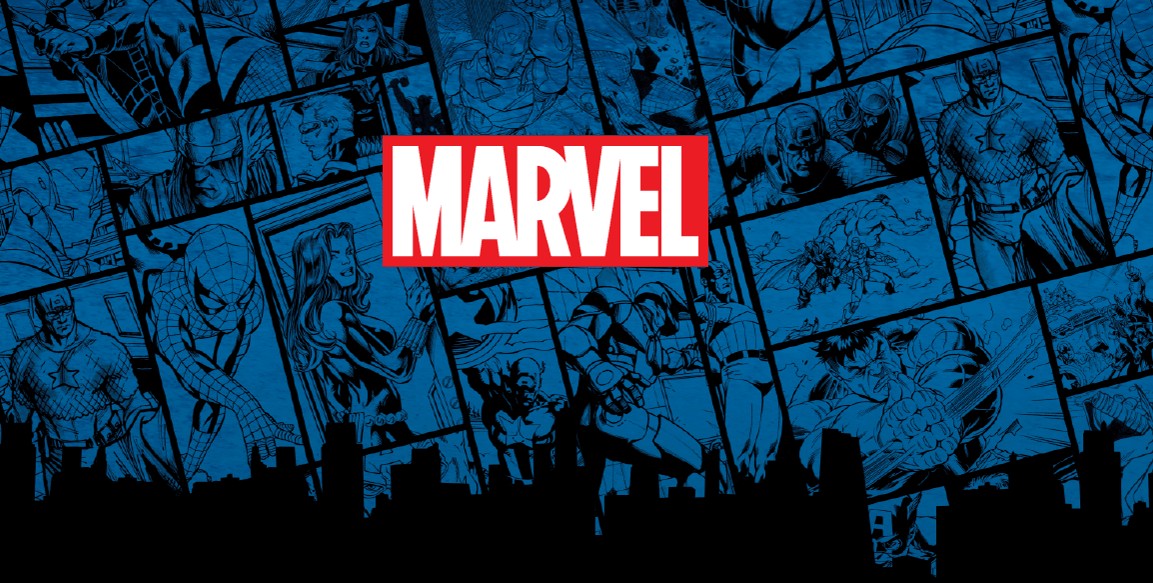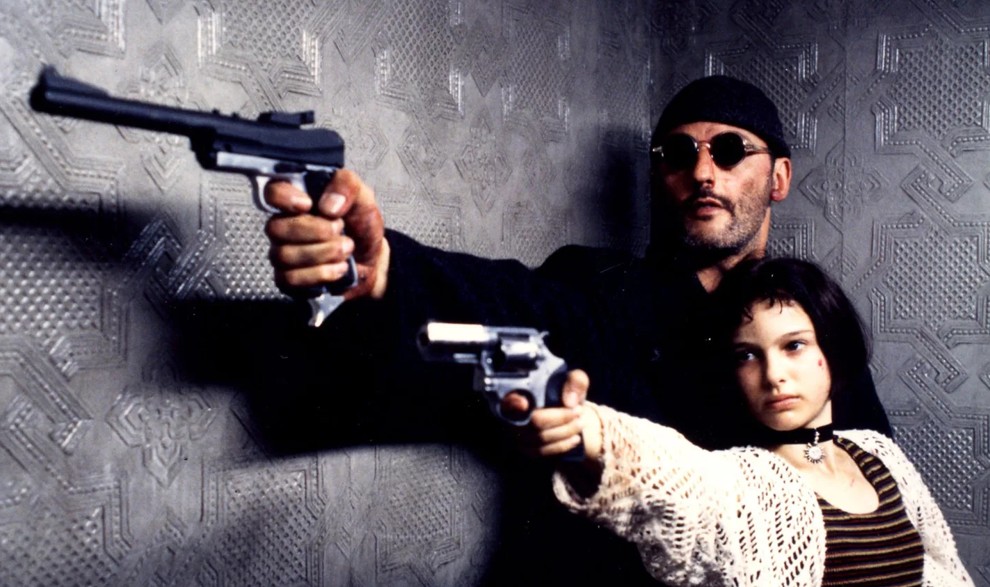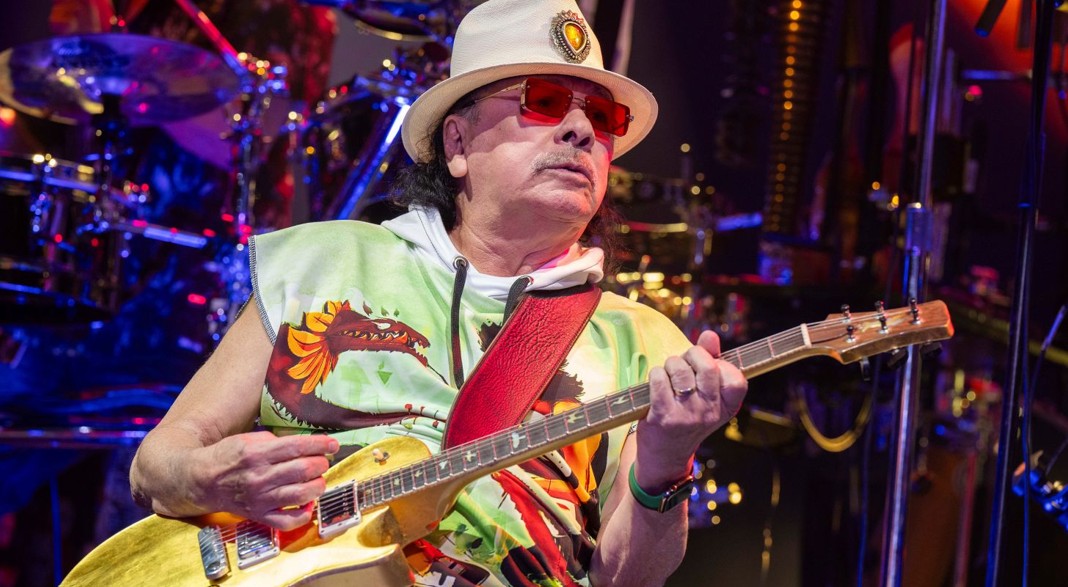
Few musicians have left as indelible a mark on the world of music as Carlos Santana. With his soulful blend of rock, Latin jazz, and blues, Santana’s guitar work has enchanted audiences for over five decades. From his electrifying performance at Woodstock to his chart-topping albums, Santana’s music transcends generations, cultures, and genres.
The Early Years: A Musical Prodigy
Born on July 20, 1947, in Autlán de Navarro, Mexico, Carlos Santana was introduced to music at an early age by his father, a mariachi violinist. By the time he was eight, he was playing the violin, but it was the electric guitar that truly captured his heart. Inspired by blues legends like B.B. King and John Lee Hooker, Santana developed a signature sound—smooth, melodic, and deeply emotive.
In the 1960s, Santana’s family moved to San Francisco, where he found himself at the center of the city’s thriving music scene. It wasn’t long before he formed the Santana Blues Band, which would later become simply Santana.
Woodstock & Breakthrough Success
The band’s legendary performance at Woodstock in 1969 catapulted them into stardom. Santana’s fiery rendition of “Soul Sacrifice” captivated the crowd, showcasing his virtuosic guitar skills and Latin-infused rock. Later that year, their self-titled debut album, Santana, became a massive hit, featuring classics like “Evil Ways” and “Jingo.”
But it was 1970’s Abraxas that solidified Santana’s place in music history. The album included iconic tracks such as “Black Magic Woman” and “Oye Como Va,” blending rock with Afro-Cuban rhythms in a way no one had done before.
A Legacy of Evolution & Collaboration
Throughout his career, Santana has never been afraid to evolve. In the 1980s and ’90s, he experimented with jazz fusion, collaborating with artists like John McLaughlin and Herbie Hancock. Yet, it was his 1999 comeback album, Supernatural, that introduced him to a whole new generation. Featuring hits like “Smooth” (with Rob Thomas) and “Maria Maria,” the album won nine Grammy Awards, including Album of the Year.
Santana’s collaborative spirit has been a hallmark of his career, working with legends such as Eric Clapton, Tina Turner, and Wayne Shorter, as well as contemporary stars like Jennifer Lopez and Chris Stapleton.
Beyond the Music: Spirituality & Activism
For Santana, music has always been more than just entertainment—it’s a spiritual experience. Deeply influenced by Eastern philosophy and the teachings of Sri Chinmoy, he often speaks about the power of music to heal and unite. His activism is equally notable, championing causes like immigration rights, education, and poverty alleviation through his Milagro Foundation.
Santana’s Enduring Influence
Today, at 76, Carlos Santana continues to tour, record, and inspire. His guitar solos remain as transcendent as ever, resonating with fans old and new. Whether through his early psychedelic rock, Latin jazz excursions, or modern crossovers, Santana proves that great music knows no boundaries.
As he once said, “The most valuable possession you can own is an open heart.” And through his music, Carlos Santana has opened hearts around the world.
Final Thoughts
Carlos Santana is not just a guitarist; he’s a musical prophet whose art transcends genres and generations. His journey—from the streets of Mexico to global superstardom—is a testament to passion, perseverance, and the universal language of music.
